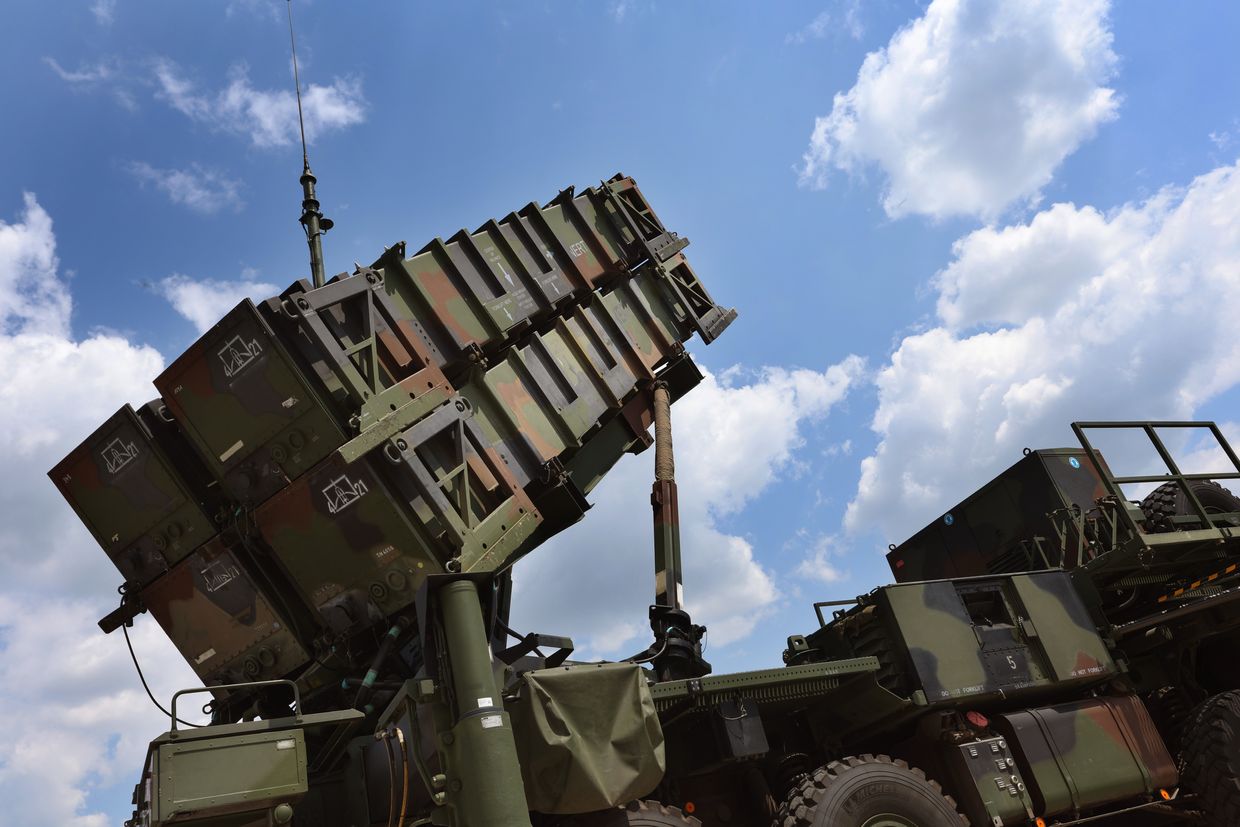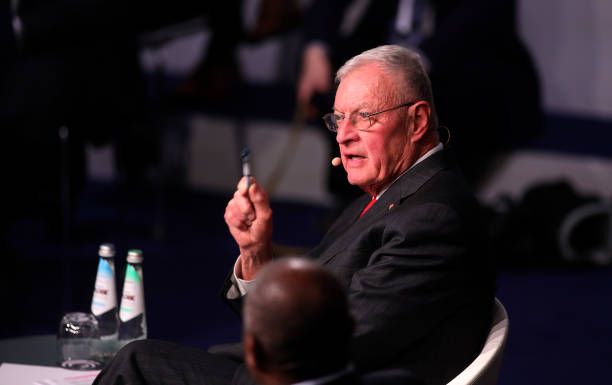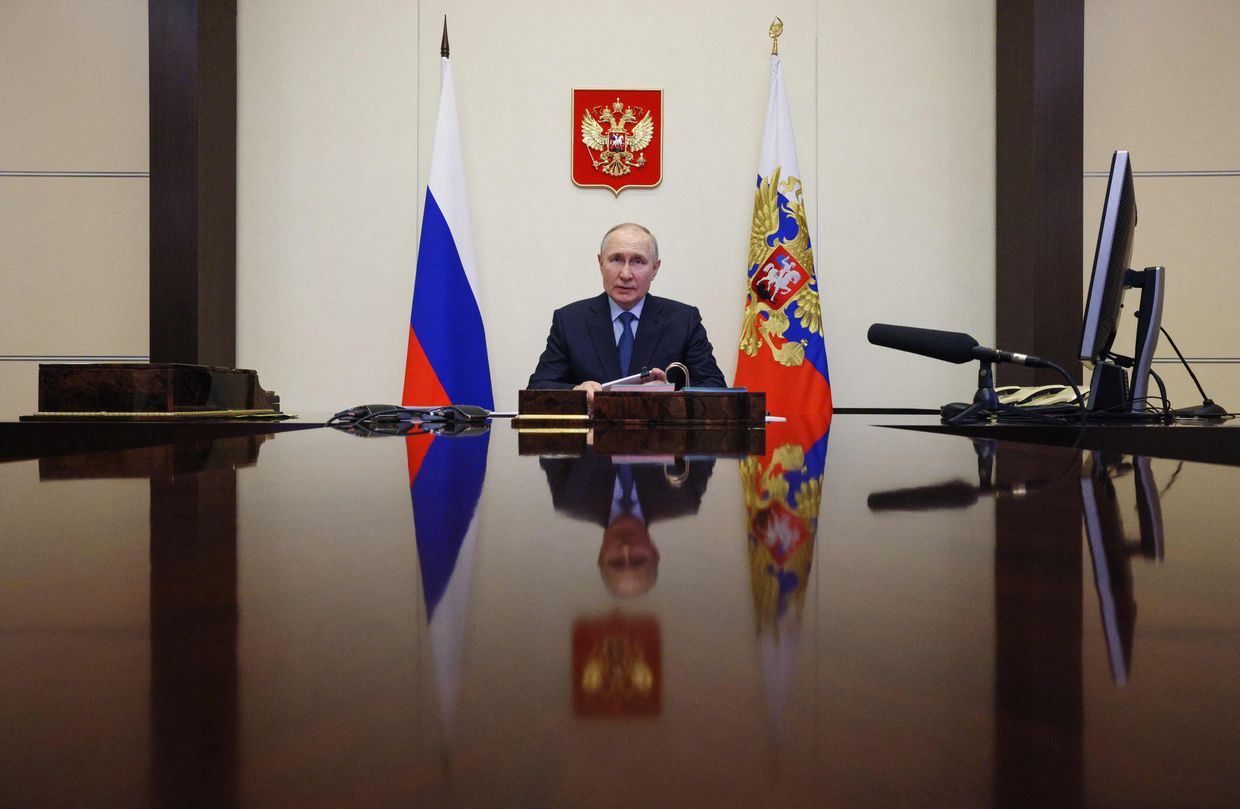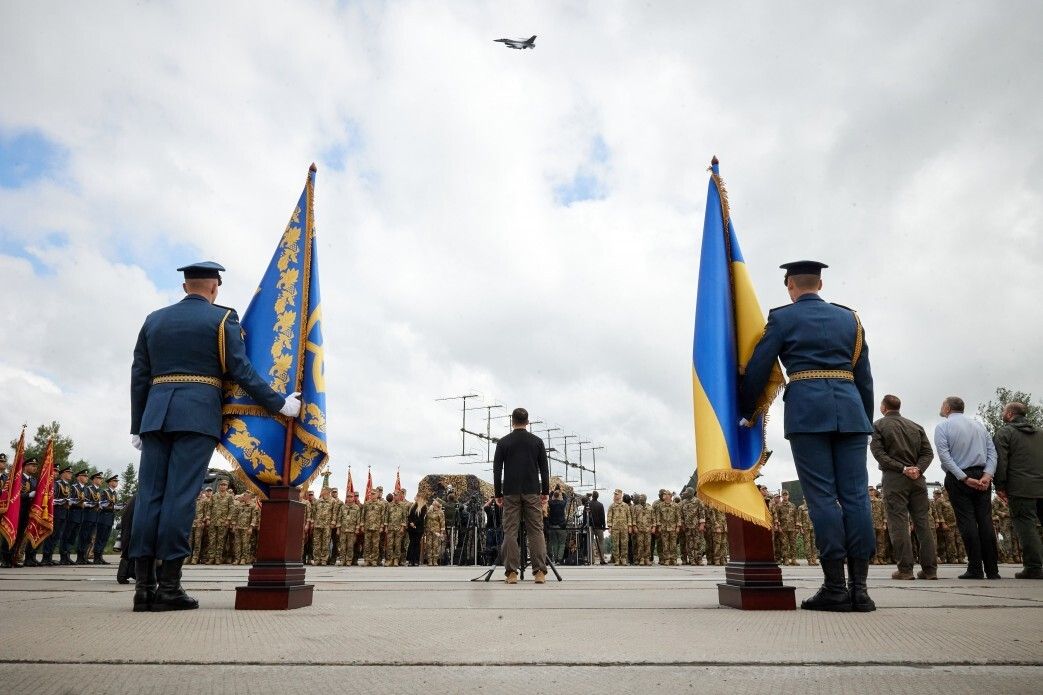The U.S. Army has signed a $4.5 billion contract with Lockheed Martin on June 28 to produce 870 Patriot Advanced Capability-3 Missile Segment Enhancement (PAC-3 MSE) missiles, according to the U.S. Army's website.
The news comes after the U.S. announced in late June that it will prioritize deliveries of air defense missiles to Ukraine over orders from other countries, particularly Patriot and NASAMS missiles.
Established in 1995, Lockheed Martin is one of the leading American defense and aerospace companies. The company works closely with the U.S. Department of Defense and federal government agencies.
"This multiyear contract award for the PAC-3 MSE missile follows through on the army's commitment to stabilize and expand our production capability for this critical weapon system, which is vital to supporting the US Army and Joint Force, along with Ukraine and other allies around the world," said Douglas Bush, the army's assistant secretary for Acquisition, Logistics, and Technology.
The PAC-3 MSE missiles are in "high demand," as they use "hit-to-kill" technology. This technology is more effective than blast-fragmentation, the U.S. Army said.
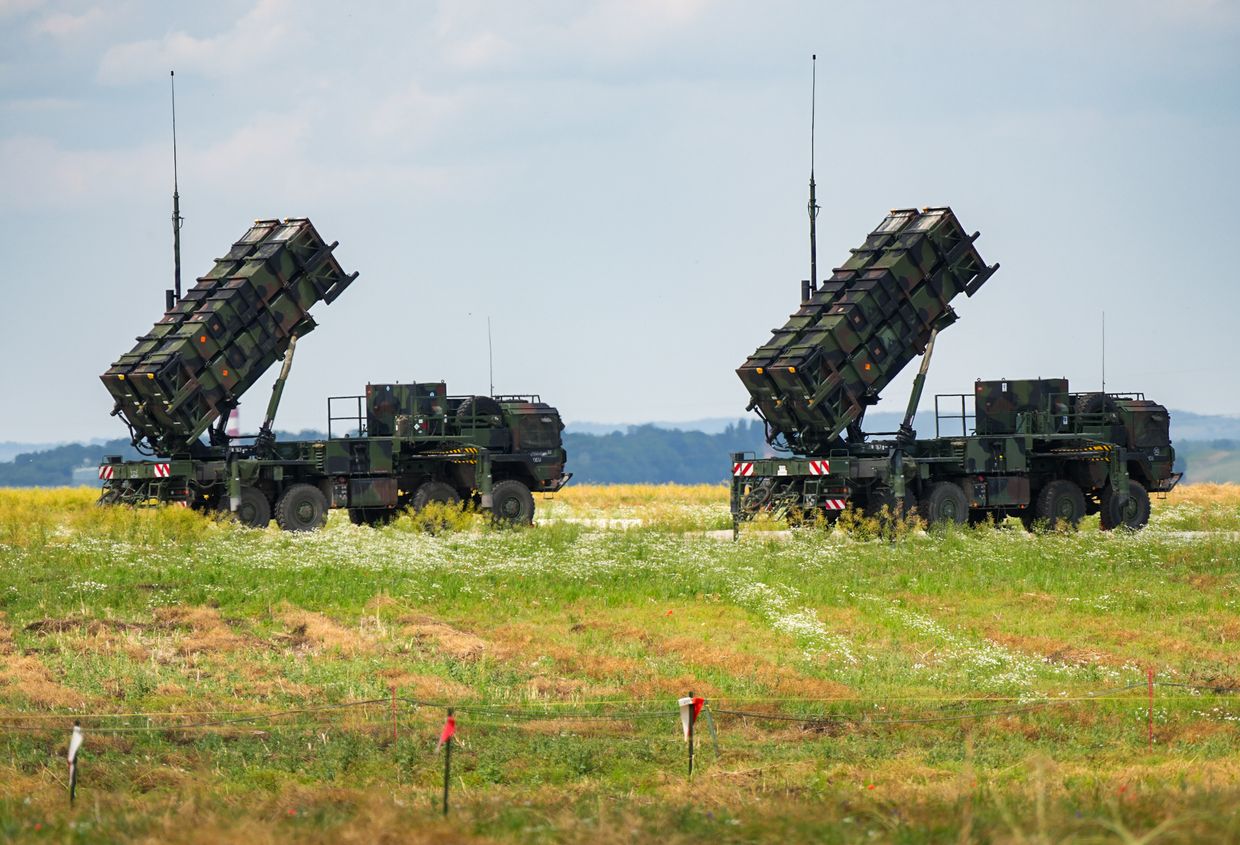
The PAC-3 MSE missiles can intercept tactical ballistic, cruise, and hypersonic missiles, as well as aircraft. The missiles' range of interception of air targets is 120 km (nearly 74.5 miles), and ballistic targets – 60 km (nearly 37 miles).
Kyiv received its first Patriot battery from the U.S. in the first half of 2023, and since then, the U.S.' most advanced air defense system has proved crucial in Ukraine's defenses.
Ukraine has been calling on its partners to provide additional air defenses as Russia intensifies its strikes against Ukrainian population centers and infrastructure.
Romania announced on June 20 that it would transfer a Patriot air defense system to Ukraine. Germany has also delivered two of its systems, and the third one is on its way.



